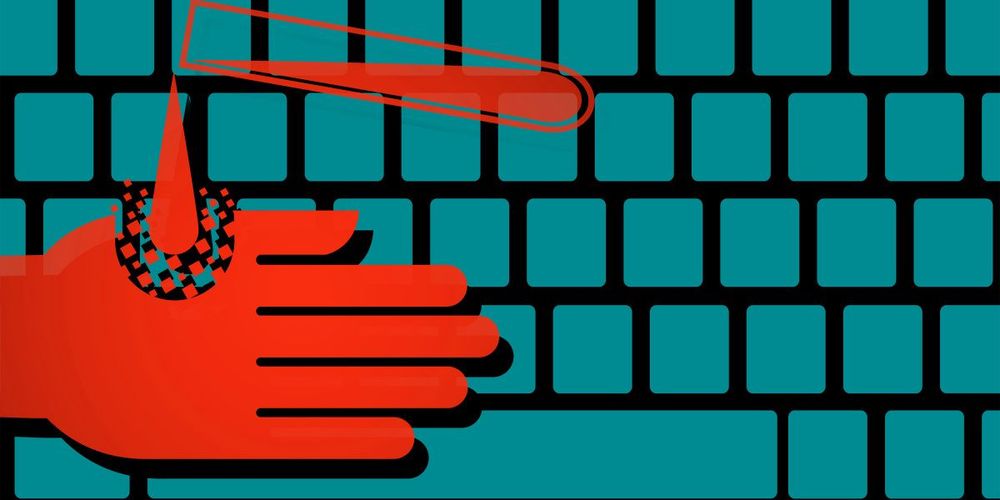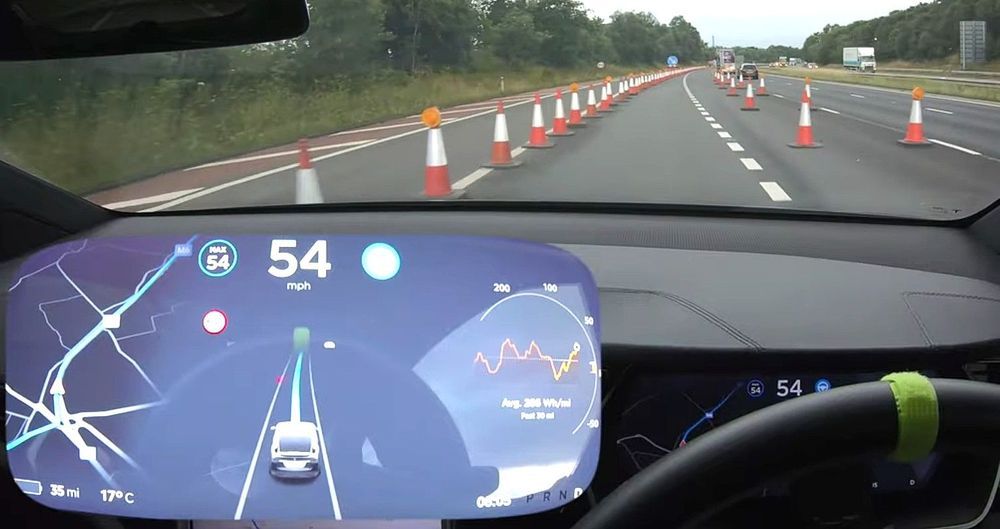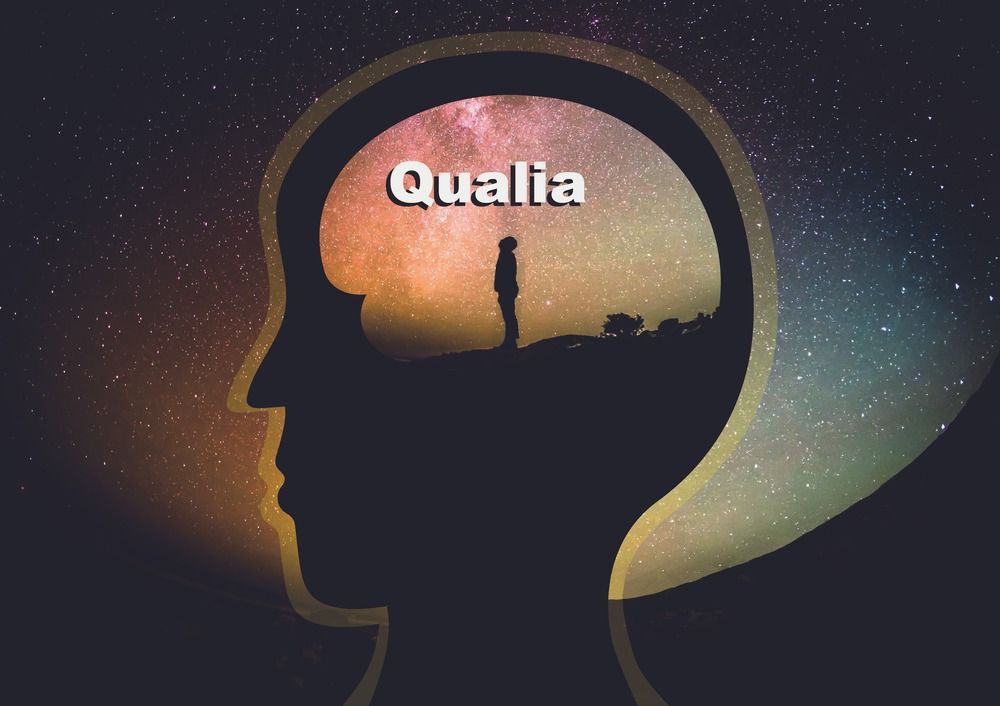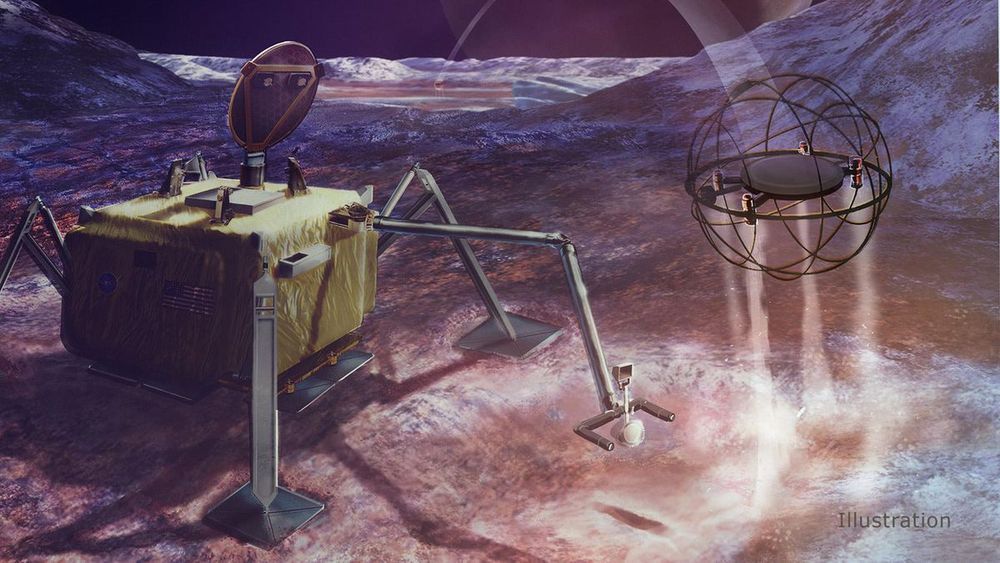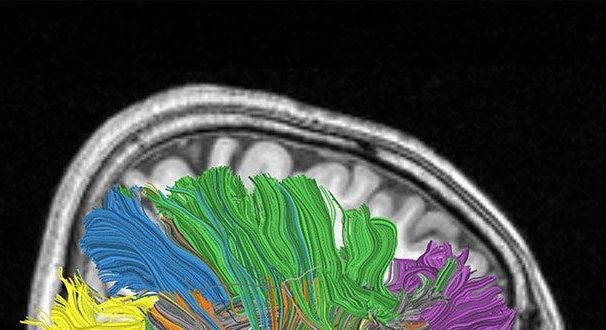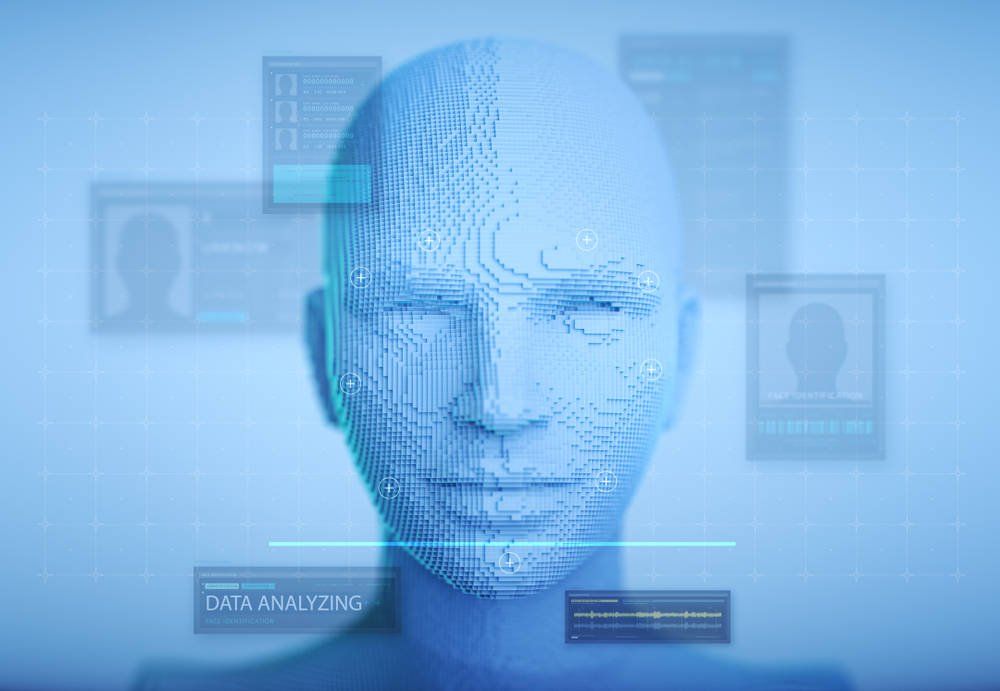Are you for Ethical Ai Eric Klien?
Jess Whittlestone at the Leverhulme Centre for the Future of Intelligence at the University of Cambridge and her colleagues published a comment piece in Nature Machine Intelligence this week arguing that if artificial intelligence is going to help in a crisis, we need a new, faster way of doing AI ethics, which they call ethics for urgency.
For Whittlestone, this means anticipating problems before they happen, finding better ways to build safety and reliability into AI systems, and emphasizing technical expertise at all levels of the technology’s development and use. At the core of these recommendations is the idea that ethics needs to become simply a part of how AI is made and used, rather than an add-on or afterthought.
Ultimately, AI will be quicker to deploy when needed if it is made with ethics built in, she argues. I asked her to talk me through what this means.
